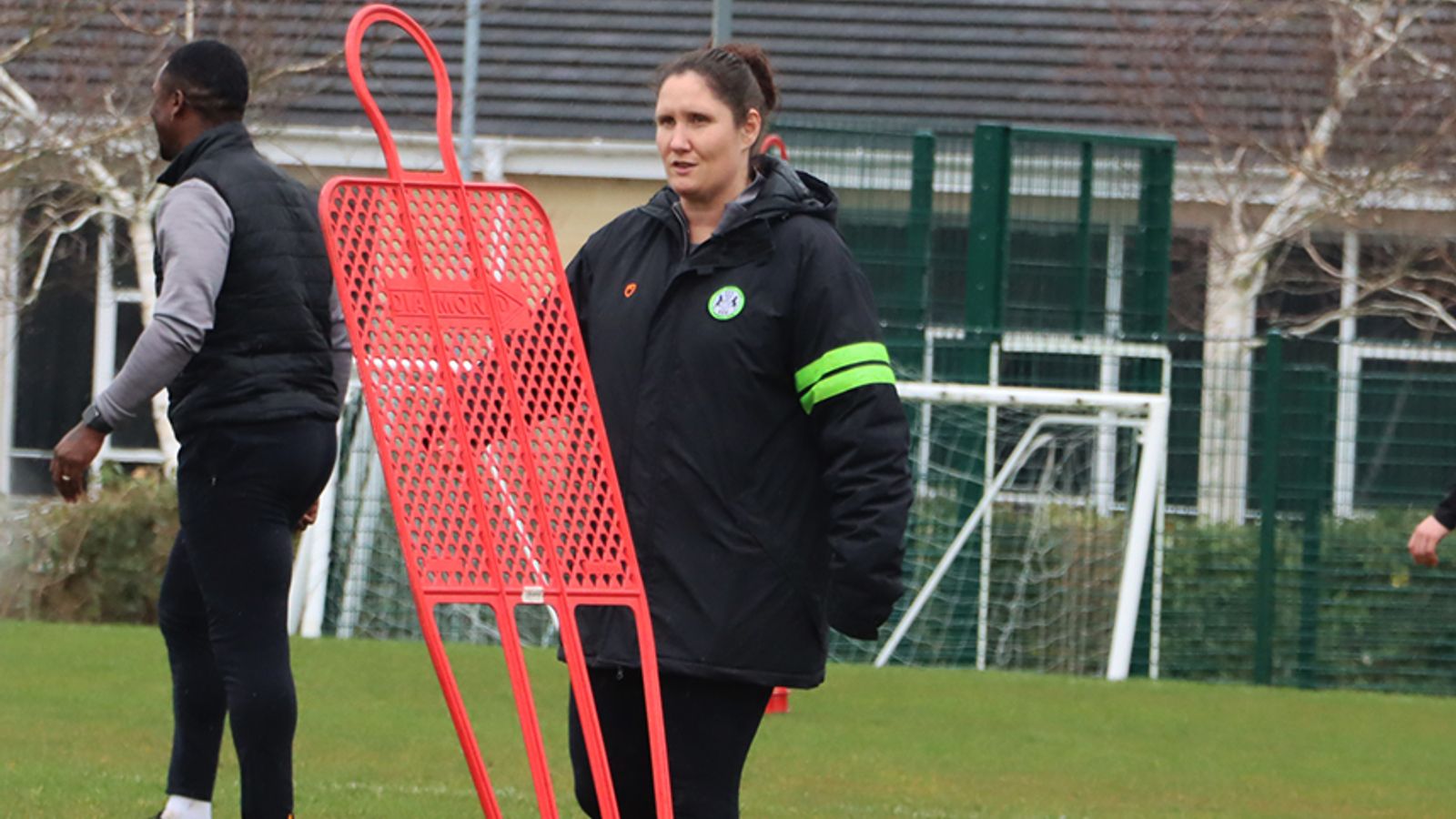
Since 2020, when Bar Harbor’s popular Independence Day celebrations were canceled due to COVID, the town’s annual parade and fireworks celebrations have come back stronger than ever.
But even before the pandemic arrived in Maine, the town had gradually beefed up its management scheme for the holiday, which attracts tens of thousands of people each year.
These days, Bar Harbor coordinates closely with other local agencies and has adopted a more concrete traffic management approach when it comes to making sure the holiday’s surge of tourists doesn’t bring the flow of people to a grinding halt.
Bar Harbor is a town with only 5,200 residents, according to the 2020 census. But during the busy summer months, between day trippers and people staying overnight at local hotels or vacation rental homes, it can have multiple times that number of people visiting at any time.
Over the course of a summer, the number of people who come and go is estimated to be in the millions, based on visitation data collected by neighboring Acadia National Park. The summer of 2021 easily broke attendance records in Acadia, with 2022 coming in as a close second.
So every Fourth of July, when roughly 25,000 to 30,000 people converge all at once on Agamont Park at the waterfront where the evening fireworks cap off the holiday celebrations, it can pose logistical challenges for a police department that only has 15 officers.
“We’re all hands on deck for the Fourth,” said Police Capt. David Kerns. “Nobody gets the day off.”

Police Chief James Willis stressed that other local agencies help make everything go smoothly. The neighboring town of Mount Desert — where Willis also serves as police chief — provides officers to help out, the local Chamber chips in with staffers and volunteers to help orient tourists, and the town’s fire and highway departments also have staffers on duty.
The town also coordinates with Acadia National Park and the fare-free Island Explorer bus system to help with the flow of people in and out of town, he said.
“It’s not just the police department,” Willis said.
Parking downtown is free on the Fourth of July and even by 8 a.m. — before many businesses open — spaces along Main and Cottage streets can be hard to get as people stake out parking spots with lawn chairs so they have a place to watch the parade, which starts at 10 a.m. The town’s parking patrol staff may not be checking for expired meters, but they are lining the parade route to help with traffic control, Willis said.
Since 2018, the police department also has gotten annual assistance from some heavy equipment. That’s when the town decided to block vehicles from getting afternoon access to Agamont Park and the town pier in order to better manage the crush of people during the fireworks show.
Every Fourth of July morning, the town erects Jersey barriers blocking off Main Street just below the Cottage Street intersection and parks a large dump truck across the road to make the closure easier to see from a distance. You can still access Agamont Park via West Street in the morning, but if you leave your car there much past noon, a tow truck will move it for you.
Kerns said that, on a typical Independence Day, the police will have as many as five or six cars towed away from the park. The majority of motorists stop on lower Main or eastern West streets to make sure to clear out in time, he said.
Willis and Kerns acknowledge that general safety precautions are part of the reason they made the decision to block off vehicle access to the park and pier. Kerns said the town had been considering it ever since the Boston Marathon bombing of 2013.
But restricting vehicle access to the waterfront has an even more practical benefit of improving pedestrian flow in and out, they said. Without cars driving around the park or even sitting still by the curb, it takes people less time to disperse once the fireworks are over, which is typically around 9:30 p.m.
“When I first started, it was hours,” said Kerns, who’s been with the department for more than 20 years, about how long it took for people to filter out of downtown. “Now, it’s usually 45 minutes to an hour. An hour and a half at most.”
Willis said the town has officers doing regular patrols on the Fourth of July, but once the fireworks crowd goes home, things quiet down pretty quickly. Local bar patrons tended to be a little more rowdy a decade or more ago than they have been in recent years, he said.
For Kerns, the most recent memorable July 4 he could recall was a couple of years ago when an older gentleman whacked a younger man over the head with his cane because he was blocking his view of the fireworks.
“It’s a different dynamic now,” Willis said of the holiday.










